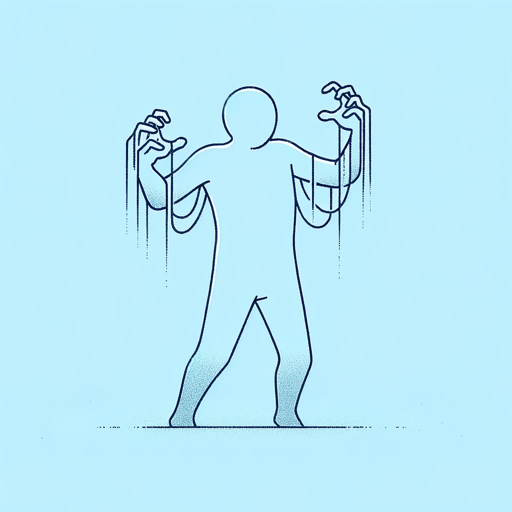59 pages • 1 hour read
Stephen KingThe Outsider
Fiction | Novel | Adult | Published in 2018A modern alternative to SparkNotes and CliffsNotes, SuperSummary offers high-quality Study Guides with detailed chapter summaries and analysis of major themes, characters, and more.
Symbols & Motifs
Maturity and Bill Samuels’s Cowlick
When we first meet Bill Samuels, Ralph describes him as youthful—a “child prodigy.” The cowlick at the back of his head makes people think of Alfalfa from the Little Rascals. That childish feature symbolizes his immaturity. His repeated smoothing of the cowlick suggests self-consciousness underlying his superficial confidence. That insecurity leads him to compensate by acting precipitously in Terry’s arrest and sticking doggedly to his guns for fear of losing face.
In the end, Samuels learns his limitations. Moving forward he will take a more mature and less reckless attitude. When Ralph meets with him after Terry’s exoneration, Samuels has gotten his hair cut, and the cowlick is gone, signifying that he has grown up.
“William Wilson”
Edgar Allan Poe’s “William Wilson” is a story about a man (Wilson) haunted by his doppelgänger, who gradually takes over Wilson’s life. In desperation, Wilson finally attacks the doppelgänger, only to find that he has fatally wounded himself. The story has no conclusive ending in that the reader never learns whether the double was real, supernatural, or a delusion (or some combination).
In The Outsider, the characters’ interpretations of this story evolve based on the information they have about Terry and his apparent doppelgänger.
Related Titles
By Stephen King

11.22.63
Stephen King

1408
Stephen King

Bag of Bones
Stephen King
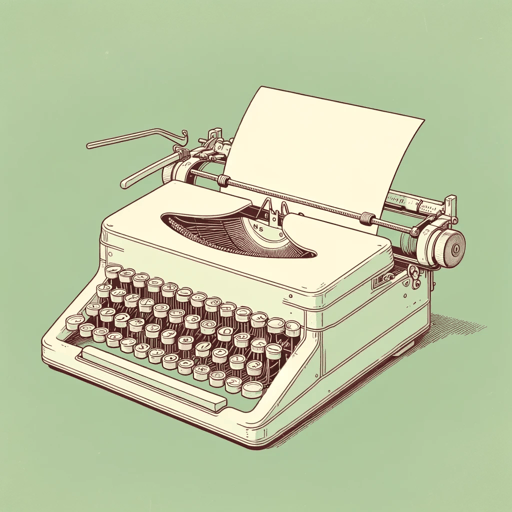
Billy Summers
Stephen King
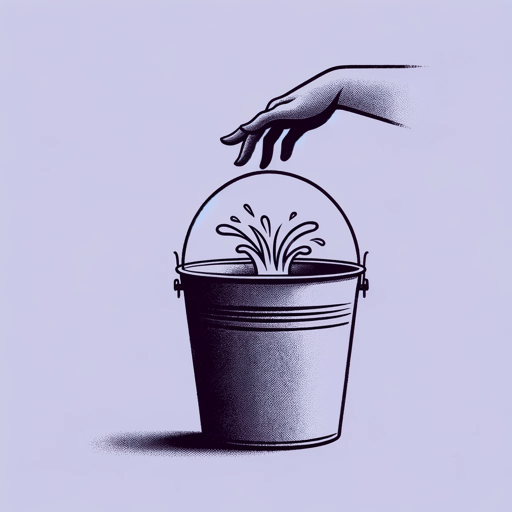
Carrie
Stephen King

Children of the Corn
Stephen King

Cujo
Stephen King
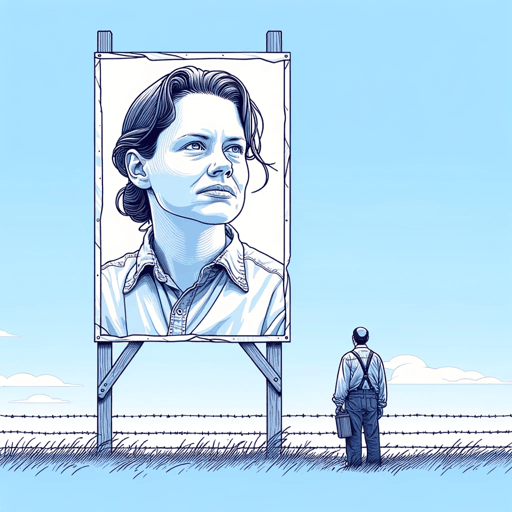
Different Seasons
Stephen King
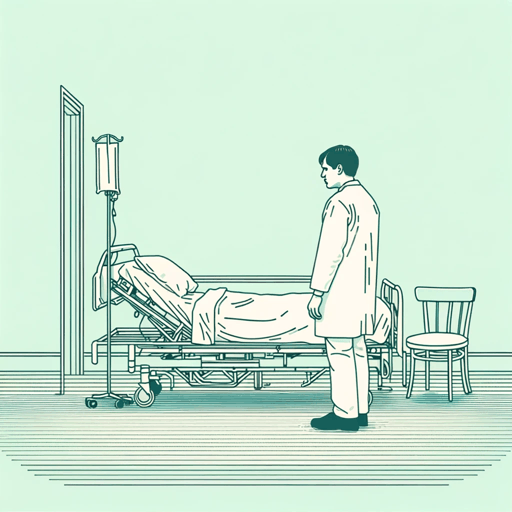
Doctor Sleep
Stephen King
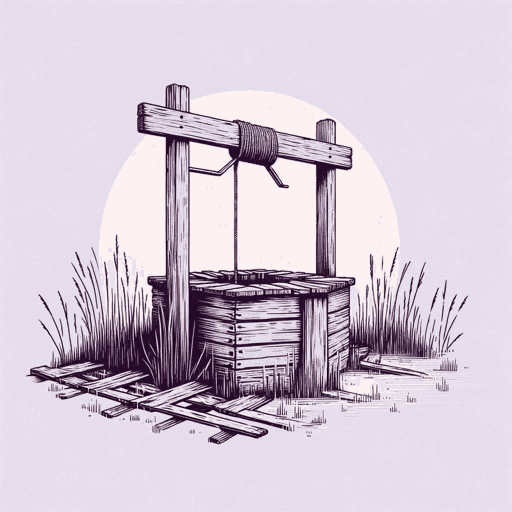
Dolores Claiborne
Stephen King

Duma Key
Stephen King
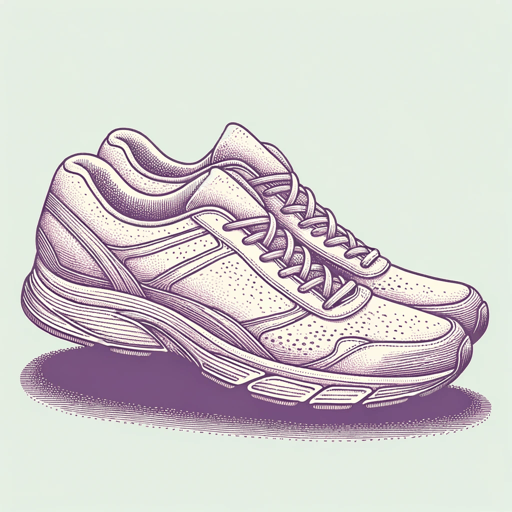
Elevation: A Novel
Stephen King

End of Watch
Stephen King
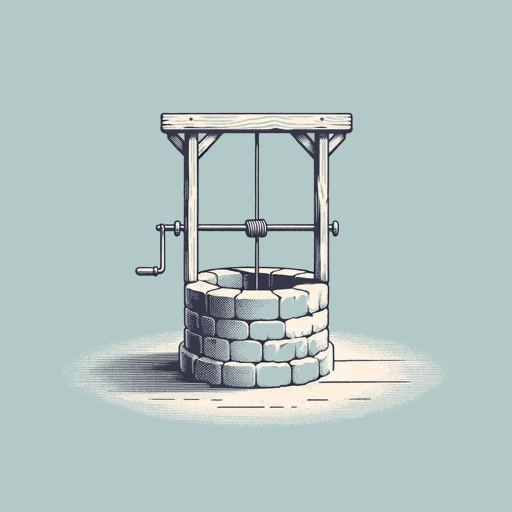
Fairy Tale
Stephen King

Finders Keepers
Stephen King
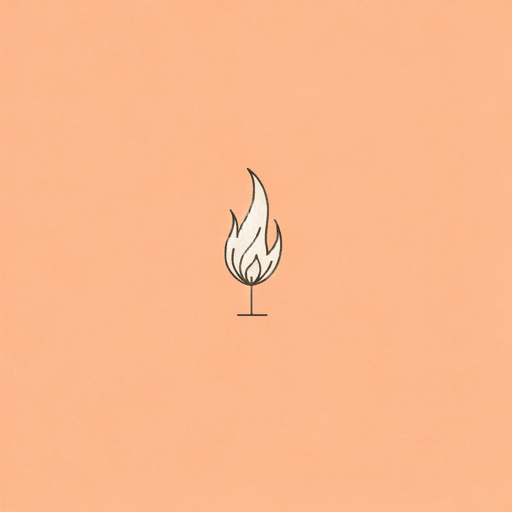
Firestarter
Stephen King

From a Buick 8
Stephen King

Full Dark, No Stars
Stephen King
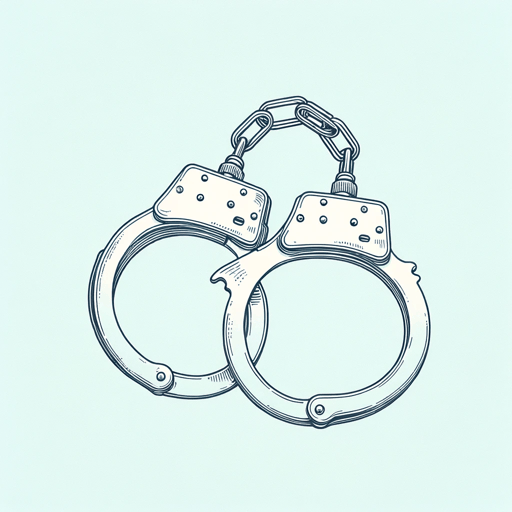
Gerald's Game
Stephen King

Gwendy's Button Box
Stephen King, Richard Chizmar
